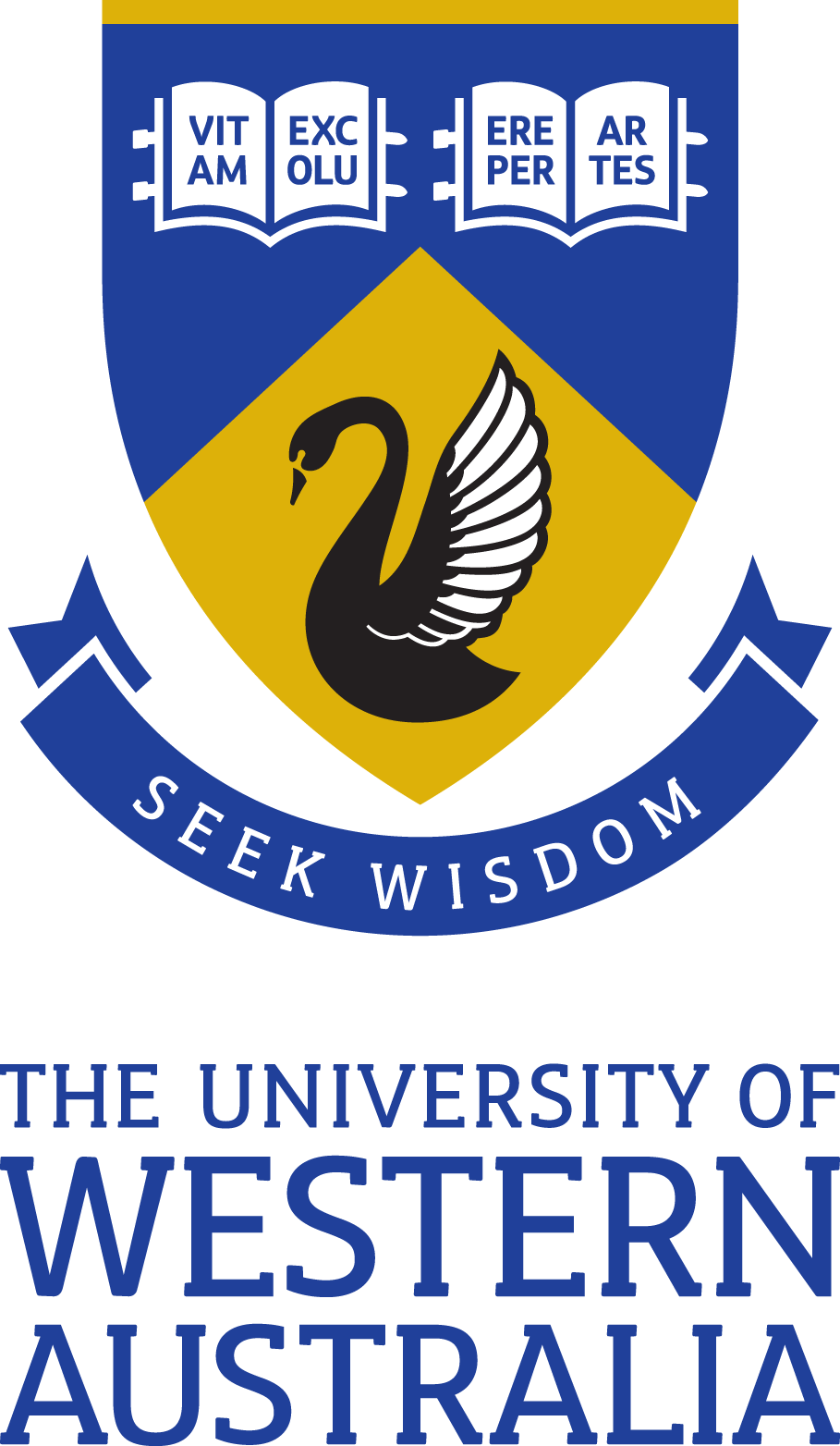Full description
Understanding the pattern of connectivity among populations is crucial for the development of realistic and spatially explicit population models in marine systems. Here we analysed variation at eight microsatellite loci to assess the genetic structure and to infer patterns of larval dispersal for a brooding coral, Seriatopora hystrix, at an isolated system of reefs in northern Western Australia. Spatial autocorrelation analyses show that populations are locally subdivided, and that the majority of larvae recruit to within 100 m of their natal colony. Further, a combination of F- and R- statistics showed significant differentiation at larger spatial scales (2–60 km) between sites, and this pattern was clearly not associated with distance. However, Bayesian analysis demonstrated that recruitment has been supplemented by less frequent but recent input of larvae from outside the local area; 2–6% of colonies were excluded from the site at which they were sampled. Individual assignments of these migrants to the most likely populations suggest that the majority of migrants were produced at the only site that was not decimated by a recent and catastrophic coral bleaching event. Furthermore, the only site that recovered to prebleaching levels received most of these immigrants. We conclude that the genetic structure of this brooding coral reflects its highly opportunistic life history, in which prolific, philopatric recruitment is occasionally supplemented by exogenously produced larvae.,multiple scales of connectivity_Shystrix@scott_rawdata,Notes
External OrganisationsAustralian Institute of Marine Science
Associated Persons
James N. Underwood (Creator)Madeleine J.H. Van Oppen (Creator)
James N. Underwood (Creator)Madeleine J.H. Van Oppen (Creator)
Issued: 2011-11-30
Subjects
User Contributed Tags
Login to tag this record with meaningful keywords to make it easier to discover
Identifiers
- DOI : 10.5061/DRYAD.836FG6BN

- global : 40a77d88-cf0e-499e-946a-a5e57780d2a2


